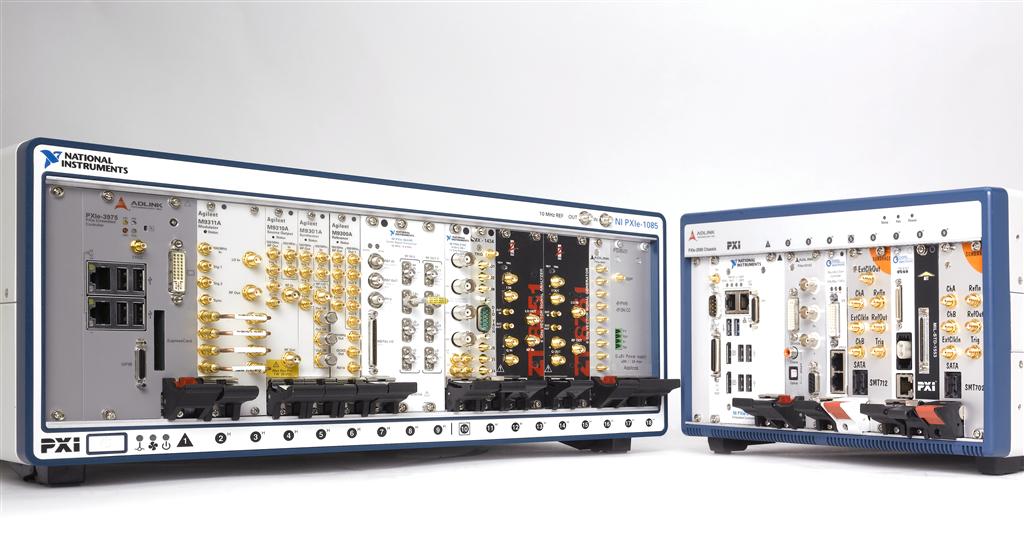Description
The National Instruments SHM125M-Pigtail I/O Cable is specifically designed to ensure compatibility with FieldDAQ Voltage Devices, featuring a 12-pin shielded male connector on the device-end for secure and reliable connections.
The accessory-end boasts naked, loose wires, which include 5 flexible wires for ease of use and adaptable connectivity. This cable is perfectly suited to be used with the FD-11603 and FD-11601 devices, ensuring a seamless integration with these systems.
Each of the 8 voltage input connectors, which are organized into two banks, necessitates a dedicated SHM125M-Pigtail I/O Cable for proper functionality.
Customers can select from three different length options to meet their specific needs: 0.3 meters (Part Number: 785950-0R3), 1 meter (Part Number: 785950-01), and 3 meters (Part Number: 785950-03).
The cable’s shielding characteristics make it an ideal choice for use in electrically noisy environments, ensuring signal integrity and preventing interference.
| Specification | Details |
|---|---|
| Product Name | National Instruments SHM125M-Pigtail I/O Cable |
| Compatibility | FieldDAQ Voltage Devices |
| Device-End Connector | 12-pin shielded male connector |
| Accessory-End Connector | Naked, loose wires |
| Number of Wires | 5 flexible wires |
| Compatible Devices | FD-11603, FD-11601 |
| Number of Voltage Input Connectors | 8 (divided into two banks of four) |
| Length Options | 0.3 meters (Part Number: 785950-0R3), 1 meter (Part Number: 785950-01), 3 meters (Part Number: 785950-03) |
| Shielding Characteristics | Suitable for electrically noisy environments |
Q1: What types of environments are the shielding characteristics of the National Instruments SHM125M-Pigtail I/O Cable designed to protect against, ensuring signal integrity and preventing interference?
A1: The National Instruments SHM125M-Pigtail I/O Cable, due to its shielding characteristics, is ideal for electrically noisy environments where maintaining signal integrity and preventing interference is crucial.
Q2: What are the features and benefits of the National Instruments SHM125M-Pigtail I/O Cable when used with FieldDAQ Voltage Devices?
A2: The National Instruments SHM125M-Pigtail I/O Cable features a 12-pin shielded male connector for secure device-end connection, has 5 flexible wires with naked, loose ends for adaptable connectivity, is compatible with FD-11603 and FD-11601 devices for seamless integration, offers three length options for customization, and provides excellent shielding characteristics that are beneficial for maintaining signal integrity in electrically noisy environments.
Q3: What types of environments are ideal for the National Instruments SHM125M-Pigtail I/O Cable due to its shielding characteristics?
A3: The shielding characteristics of the National Instruments SHM125M-Pigtail I/O Cable are designed to protect against electrically noisy environments, ensuring signal integrity and preventing interference.
Q4: What type of environments is the National Instruments SHM125M-Pigtail I/O Cable designed to operate effectively in due to its shielding characteristics?
A4: The National Instruments SHM125M-Pigtail I/O Cable incorporates a 12-pin shielded male connector for secure device connections, loose wires with five flexible options for adaptable connectivity, and is designed with shielding characteristics to maintain signal integrity in electrically noisy environments, enhancing its compatibility with FieldDAQ Voltage Devices.
Q5: What specific features are incorporated in the National Instruments SHM125M-Pigtail I/O Cable to enhance its compatibility with FieldDAQ Voltage Devices and ensure secure connections in electrically noisy environments?
A5: The National Instruments SHM125M-Pigtail I/O Cable is designed to operate effectively in electrically noisy environments due to its shielding characteristics, ensuring signal integrity and preventing interference.



